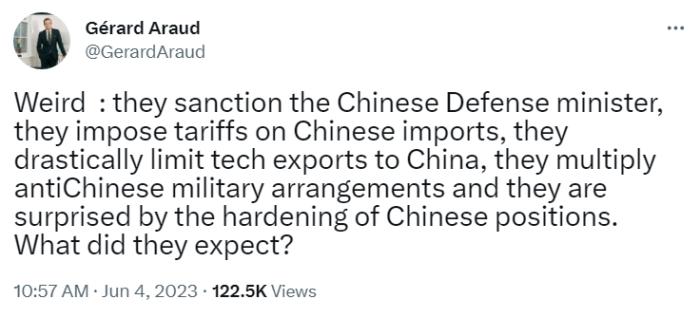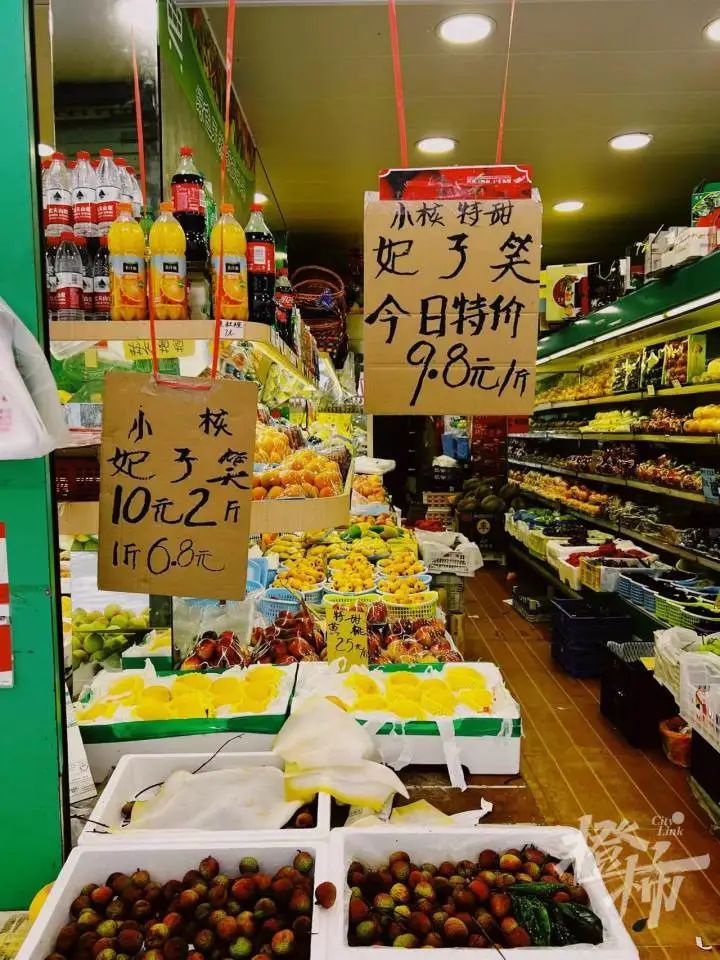China-Latin America economic and trade cooperation advances steadily
Recently, the latest expectations released by international institutions show that against the backdrop of insufficient global effective demand, Latin America’s economic growth this year will generally be weak. The World Bank and the Inter-American Development Bank both lowered their forecasts to 1.6%. The Economic Commission for Latin America and the Caribbean slightly raised its forecast, but noted that the region would continue on the low-growth path of recent years. Against this background, economic and trade cooperation between China and Latin America continues to advance steadily, which provides assistance to Latin American countries in resolving economic difficulties and promoting sustainable economic development.
ECLAC and other institutions predict that from an external perspective, the international development environment faced by Latin America in 2024 will still be relatively complex, especially as global economic and trade growth is far lower than the historical average.
"Latin American countries, especially South American countries, are highly dependent on the export of primary products and natural resources, making them particularly vulnerable to global economic cycles and commodity price fluctuations." said Yue Yunxia, deputy director of the Institute of Latin American Studies at the Chinese Academy of Social Sciences , with the decline in commodity prices in 2023, Latin America's export revenue will decline significantly; commodity prices have remained stable overall since this year, but amid the slowdown in global development and insufficient effective demand, Latin America's economic and trade growth still lacks vitality. In particular, major Latin American oil and gas exporters such as Bolivia, Colombia, and Ecuador, and major Latin American agricultural exporters such as Chile and Uruguay have been greatly affected. For example, Bolivia's exports in 2023 will be US$10.911 billion, down 20% year-on-year; exports are still declining from January to February this year, down 22.7% from the same period in 2023, of which natural gas exports fell by 26.3% and gold exports fell by 77.6%.
"With the continuous expansion of the new energy vehicle market, the global demand for lithium ore continues to increase; Latin America has become a major global exporter with its abundant lithium ore resources. However, the price of lithium will drop by more than 75% in 2023, and the current decline may It’s not over yet.” Bu Shaohua, deputy director of the Institute of Latin America and the Caribbean at the China Institute of International Studies, said that this will also bring new challenges and uncertainties to the economic and trade recovery in Latin America.
In addition, ECLAC pointed out that the increasing geopolitical tensions are causing the global value chain to be dramatically reshaped, and more and more restrictive trade measures and the unilateralism and protectionist policies adopted by some major economies will It will have an impact on the global industrial chain and supply chain, including Latin American countries.
Since 2023, the overall inflation level in Latin America has shown a downward trend, but the hidden concern that may lead to a rebound in inflation has not disappeared, and the macroeconomic policy space of Latin American countries is still limited.
For example, the Bank of Mexico announced an interest rate cut for the first time in March this year after starting an interest rate hike cycle in 2021, and it expects that inflation is expected to continue to decline. However, the following April, the country's inflation rate picked up again, and the Bank of Mexico recently announced that it would keep borrowing costs unchanged, eliminating the possibility of a second consecutive interest rate cut.
Bu Shaohua said that the Federal Reserve's aggressive interest rate hike policy is one of the main reasons for the high inflation rates in major Latin American economies. The current outlook for the Federal Reserve's interest rate cut policy is unclear, and the U.S. dollar remains strong. Under such circumstances, it will be difficult for inflation levels in Latin American countries to return to their pre-epidemic status in a short period of time.
"This round of inflation in Latin American countries is imported inflation. The current intensification of the global geopolitical crisis and rising commodity prices may delay the time for major central banks to lower policy interest rates, and the risk of inflation in Latin America is still relatively high." Yue Yunxia said that under this circumstance, Latin America Countries will have to tend to adopt tightening monetary policies, which is not conducive to stimulating economic recovery; high interest rates in the United States and Europe will also further increase the debt burden of Latin American countries and intensify the pressure on fiscal balance.
ECLAC pointed out that the region is currently trapped in a structural trap of low growth, severe poverty, and high inequality, and it also lacks a strong and effective governance model and capacity.
“The epidemic has exacerbated the existing internal development problems in Latin America. The quality of employment in the context of low growth is worrying. The working class will be in a more vulnerable state, with low average wages and social security levels, which will not stimulate consumption in the Latin American internal market. potential; at the same time, it is not conducive to the development of education and talent training, and it is difficult to improve total factor productivity, making it more difficult for Latin America to complete industrial upgrading," said Sun Yanfeng, executive director of the Latin American Institute of the China Institute of Contemporary International Relations.
The ECLAC report pointed out that Latin America must improve its capital accumulation and utilization model, focus on emerging areas such as infrastructure, telecommunications, and digitalization, and take an important step in strengthening its industrial base and promoting innovation to achieve a more sustainable and inclusive future. sexual economic growth.
Sun Yanfeng said that Latin America is in a critical period of industrialization or re-industrialization, but the supporting infrastructure construction has a long history of outstanding debts and a large gap, which has become the main bottleneck restricting Latin America's economic and social development. It is also the reason why Latin America has not been able to get out of the "middle-income" category. One of the trap factors. Infrastructure construction and equipment manufacturing are China's strengths, and there are many points of convergence in economic cooperation with Latin America.
Currently, China is injecting impetus into the transformation and development of Latin America. Data show that China-Latin America trade volume will exceed US$489 billion in 2023, a year-on-year increase of 1.1%. At the same time, China and Latin America’s joint construction of the “Belt and Road” continues to deepen and become more concrete. In Bolivia, Chinese-funded companies have built more than 2,000 kilometers of roads in recent years; in Uruguay, Chinese companies have helped build a power transmission network that spans five provinces in northern Uruguay... China and Latin America have continued to make major breakthroughs in infrastructure construction.
Financial integration between China and Latin America has become increasingly diversified. Special loans for infrastructure, preferential loans and cooperation funds between China and Latin America are operating well. More and more Latin American countries have joined the AIIB and the New Development Bank. "The current structure of China's investment in Latin America is rapidly improving and upgrading." Yue Yunxia said that China has invested in Latin America in many emerging fields such as information and communication technology, renewable energy, and key minerals, and the industrial and value chains of both parties have become more deeply integrated. ; However, it should be noted that the lengthening of the cooperation chain will also increase the challenges faced by the external environment. In the next step, both parties must maintain stable, transparent, and sustainable cooperation and must focus on strengthening the institutionalization of cooperation.
"2024 will be a year when China-Latin America cooperation will leapfrog rapidly." Bu Shaohua said that from the bilateral cooperation level, the foreign ministers of Argentina, Bolivia, and Peru visited China, and they all sought Chinese investment, markets, and technology; from the sub-regional cooperation level, The 4th China-Caribbean Economic and Trade Cooperation Forum will be held in Hainan in September this year to promote overall cooperation between China and Caribbean countries; from the international cooperation level, Brazil serves as the rotating chair of the G20, and Peru will serve as the 2024 APEC African Leaders. The host of the formal meeting will also promote economic and trade cooperation with China on a larger scale. It is believed that economic and trade exchanges between China and Latin America will be further deepened, helping Latin American countries achieve industrialization and export diversification, and also bring new vitality to global economic recovery and South-South cooperation.





